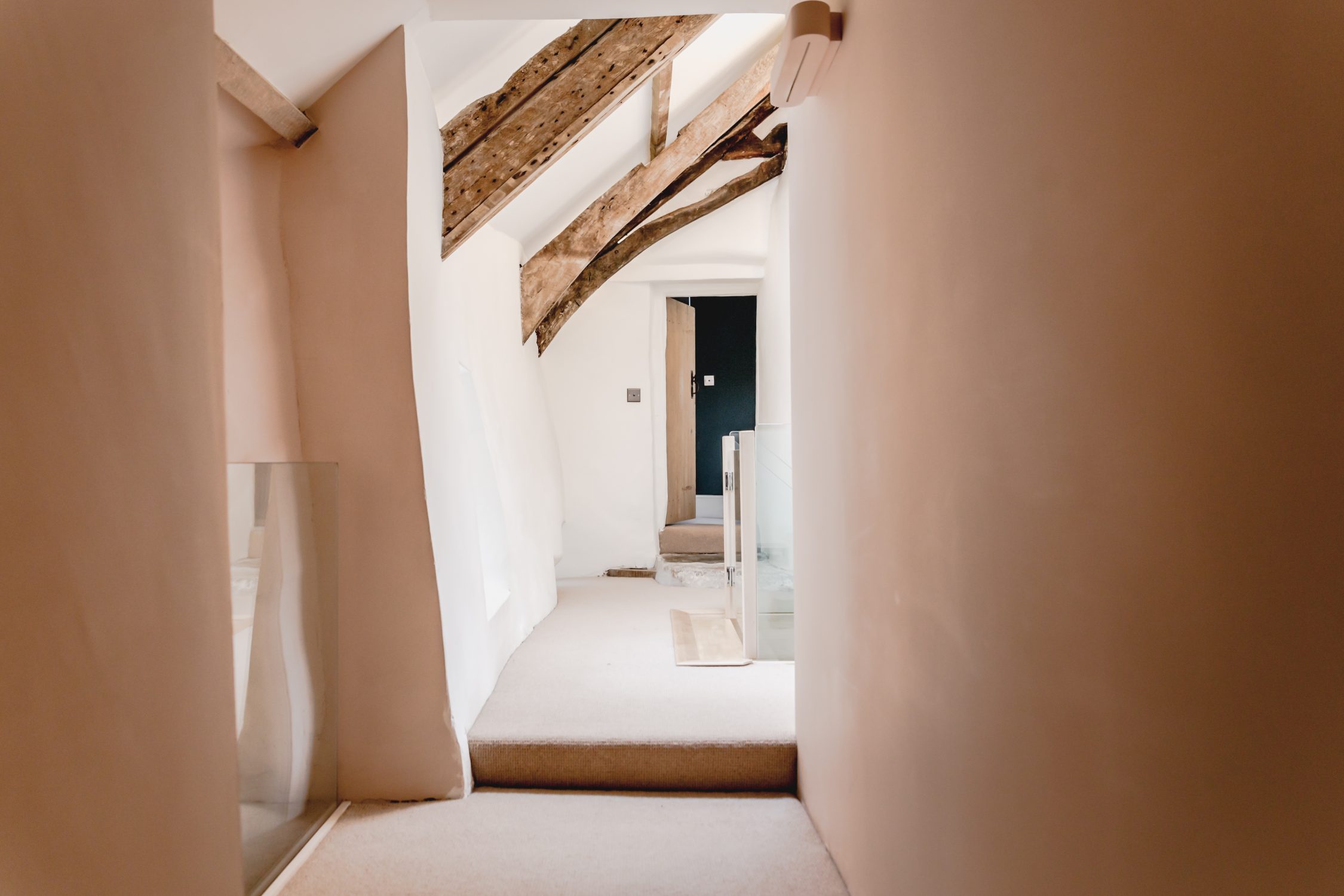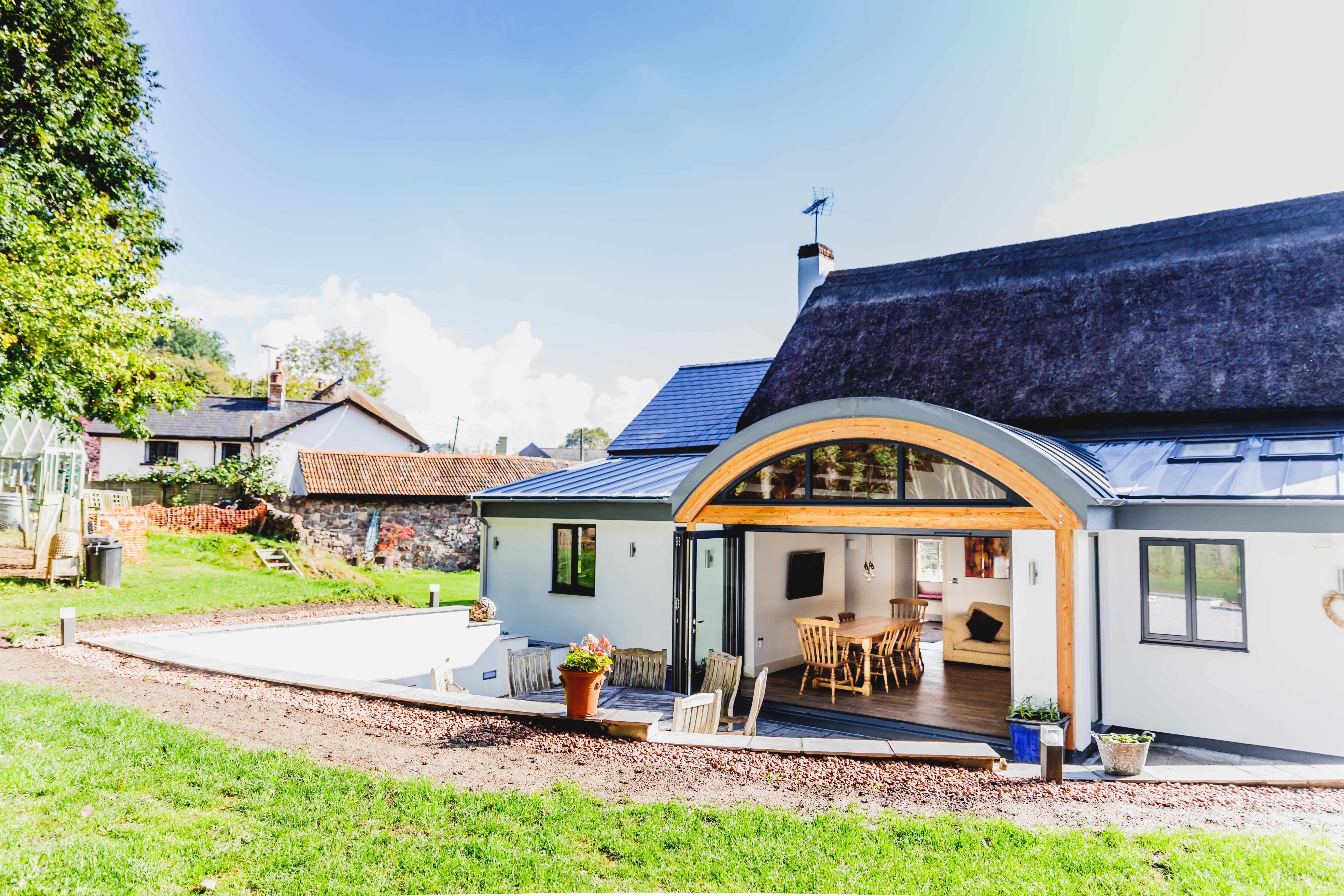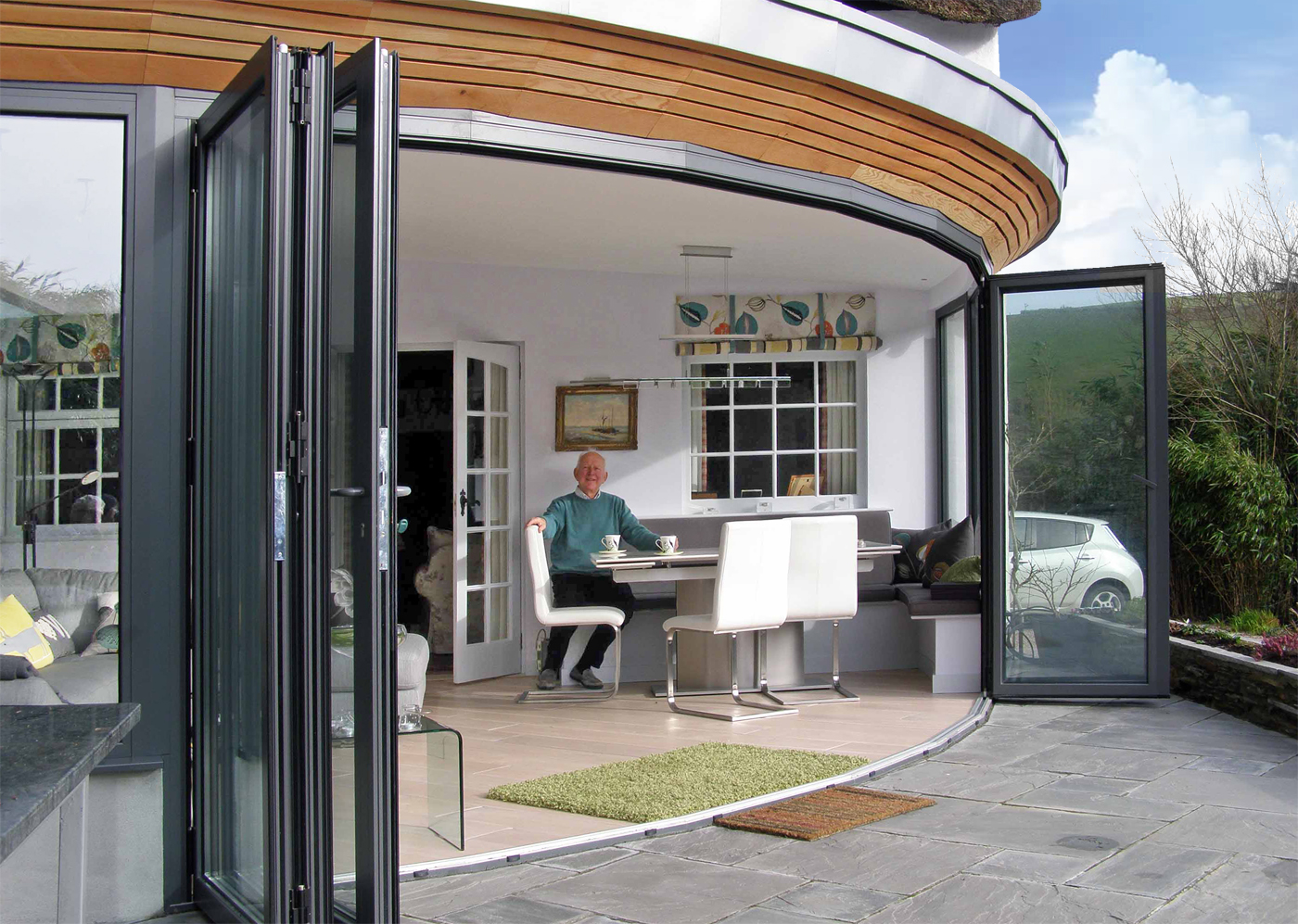Posts
Thinking about altering or extending a listed building? Read this first!
If you’re lucky enough to own a listed building, it’s likely that you’re already well aware that making adaptations to this object of national, historic or architectural value is no small feat.
Listed building control is a type of planning control, which acts in addition to any other regulations that would normally apply. Acquiring planning permission can be a more challenging task than usual, but this doesn’t mean that it can’t be done. Fortunately for you, we’ve got the expertise and knowledge to help you through this process and turn your dream into a reality.
So to start- what actually is a ‘listed building’?

The Listed Building and Conservation Areas Act of 1990 defines a listed building as: “a building, object or structure that has been judged to be of national importance in terms of architectural or historic interest and included on a special register.”
National importance…surely that means alterations aren’t possible?
Although getting the permission to adapt the listed building requires you to jump through a few more hoops than usual, it is not impossible. Making the right plans and seeking professional guidance is vital to avoid any disastrous results.
How do I go about the planning?
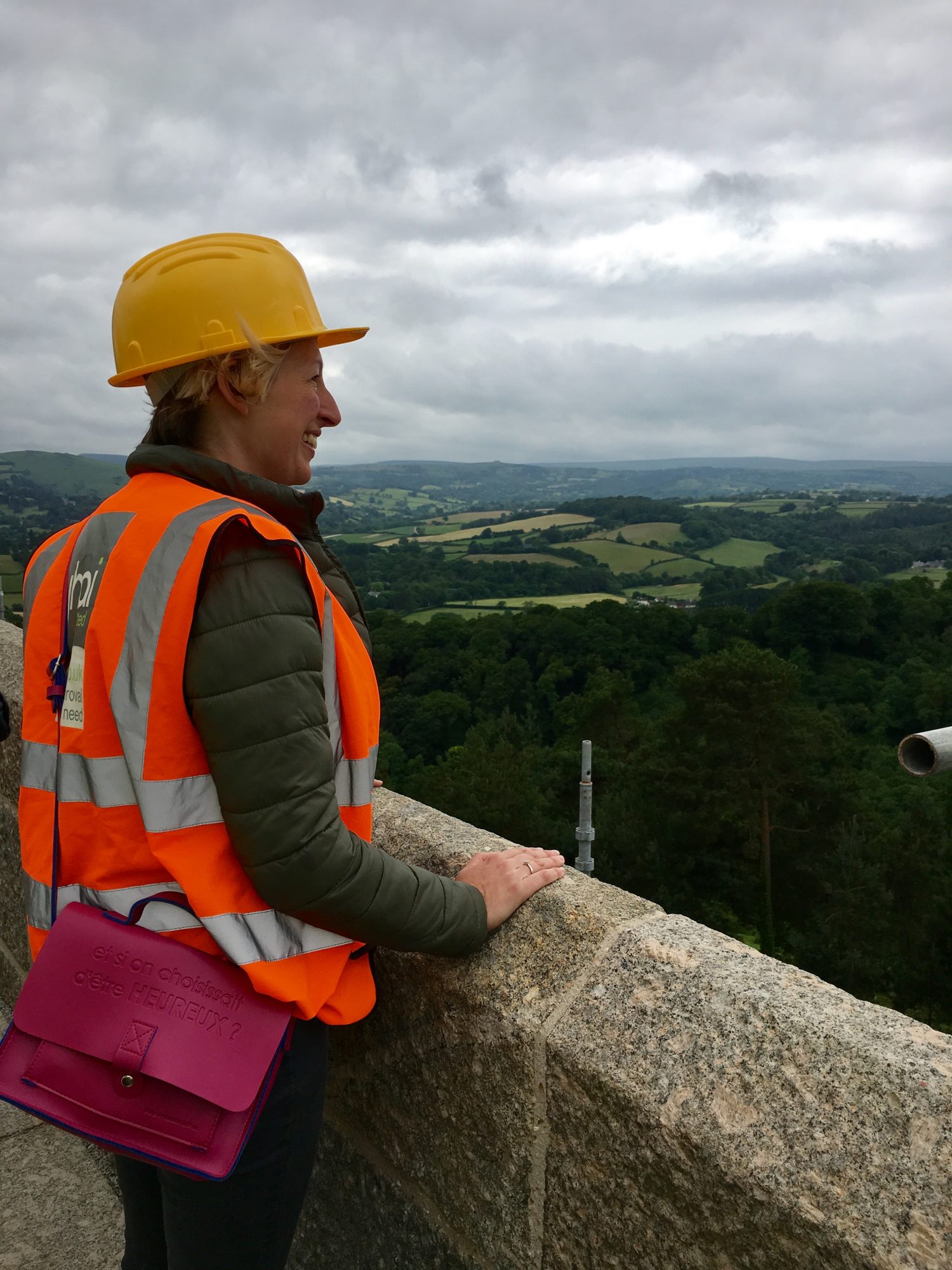
It seems obvious but you need to prepare well before you carry out refurbishment or alteration work, particularly to a historic or listed building.
This is key in order to obtain listed building consent first time. Historic buildings can be sensitive and delicate in places and a without a clear plan, your builder could make mistakes or even do irreversible damage to the building. The best way to do this is through a set of instructions, allowing you to lay out your vision and get the detail right. Remember, doing damage to a listed building is a criminal offence, and so it really is worth putting in the time to get it right the first time.
What should the instructions include?
- A schedule of the work to be done and how it should be carried out. This might also become a pricing document for the builder.
- A specification setting out the materials to be used and the standards of workmanship to be used.
- Drawings showing the existing and proposed layout.
- Detailed drawings illustrating how elements are to be constructed. This is particularly important for new joinery items such as windows, balustrades and items that are historically important.
- Technical information about products to be used, for example the mix for lime render or the breathable insulation to be used on solid walls.
- Health and safety information is an extremely important part of any building project. Depending on the type of project you could be liable as the client for health and safety during construction. By law you also need a principle designer for the project. This will likely be your architect but could also be your builder, structural engineer or interior designer. The principle designer must reduce risks that could occur during the build process or when the building is used and preferably eliminate them where possible. Your architect can talk to you further about this important part of the building process and help.

Overwhelmed?
Don’t be. These initial stages are often the hardest part. Living Space Architects specialise in renovating and extending listed buildings in older properties so you can be assured that your project is in safe hands. We have a good relationship with conservation officers across the South West including Exeter, East Devon, Mid Devon, West Devon and Dartmoor National Park. Not only are we also members of the Listed Property Owners Club, but our very own Director Kirsty Curnow Bayley is a RIBA Conservation Registrant.
Next Steps…
If you would like to discuss the alteration or extension of a listed building we offer a consultation service to help you assess what changes you might be able to make and whether you will require Listed Building Consent. Remember- planning is key and if you have thought through the process and tackled potential barriers, there should be nothing stopping you from making your alteration dreams a reality.
How to find a new development opportunity

Decided to take on a property development opportunity? We don’t blame you! There’s something incredibly rewarding about seeing a property come together through your own planning, dedication and hard work.
However, at the beginning, such a project can seem a little intimidating and daunting and it’s difficult to figure out where to start. So how do you go about developing an existing property- or building on from scratch?
Here are some ideas on how to find that perfect project so that you can get to work!
1. Make contact with the local commercial agents
A quick Google search will point you in the right direction.
2. Research old and redundant buildings
Look at examples of others who have undertaken this type of work to draw inspiration. Then do some research into old and redundant buildings- do any have potential?
3. Auctions for land
Land auctions are a good way to find suitable plots but transactions are conducted on a ‘sold as seen’ basis and therefore require a quick sale, leaving little time for research:
cooperandtanner.co.uk/Proeprty-and-land-Auctions
countrywidepropertyauctions.co.uk
4. Local authorities
Cash-strapped councils often have parcels of land they are willing to sell.
5. Utility companies
Some utility organisations such as water, gas and electricity companies have surplus land available to buy:
dailymail.co.uk/news/article-12290/BT-raise-2bn-property-sell-off.html
6. Previously approved schemes which have not been built
7. Change of use on office to residential
The objective is to allow changes of use of a building or land from B1(a): offices to C3: residential to happen more easily. The intended effect of the proposal is to support an increase in housing supply, encourage regeneration of offices and bring empty properties into productive use.
8. Barn conversion under permitted development
Agricultural buildings can be converted to a flexible, educational or residential use under permitted development rights:
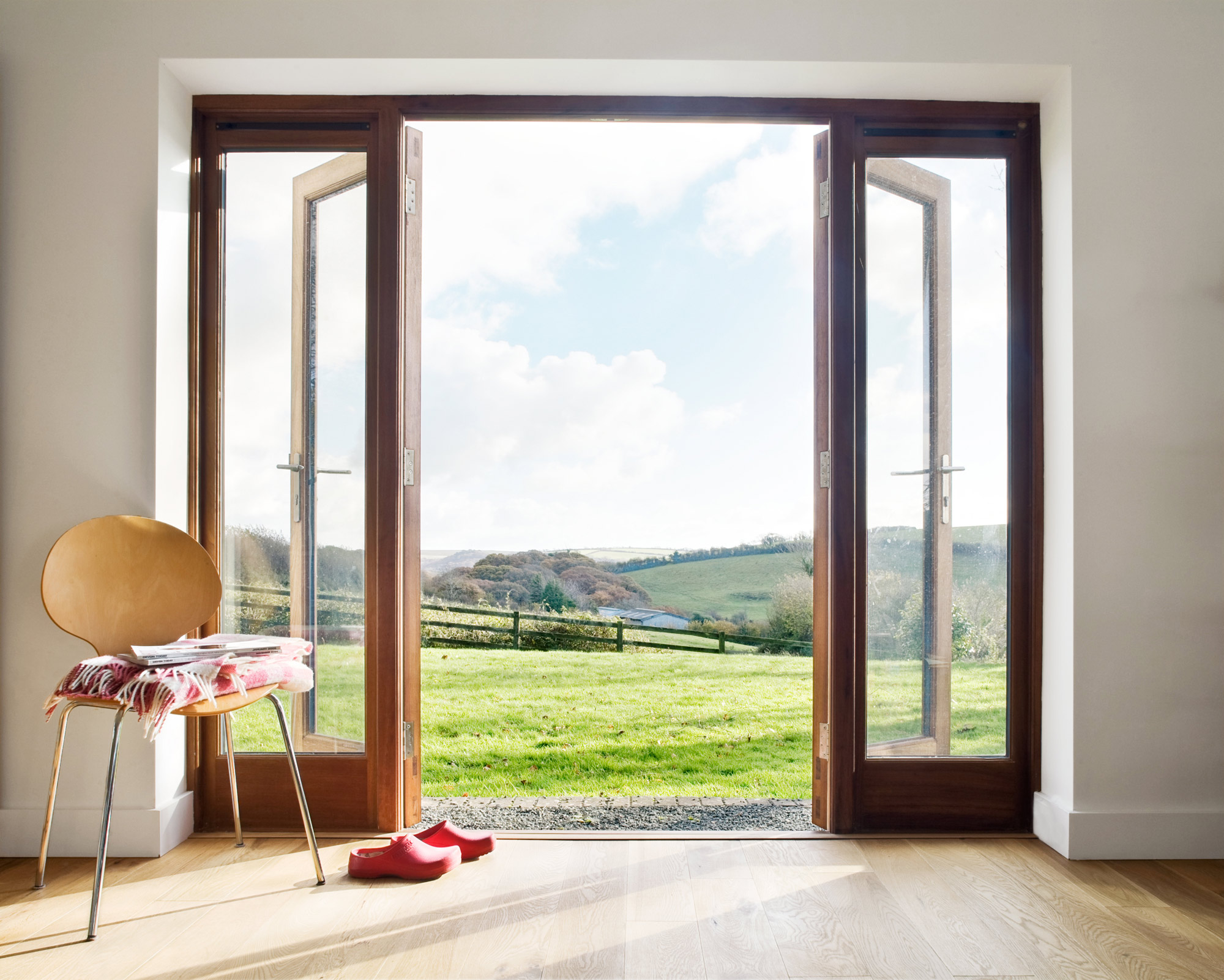
Basic principles for extending listed buildings
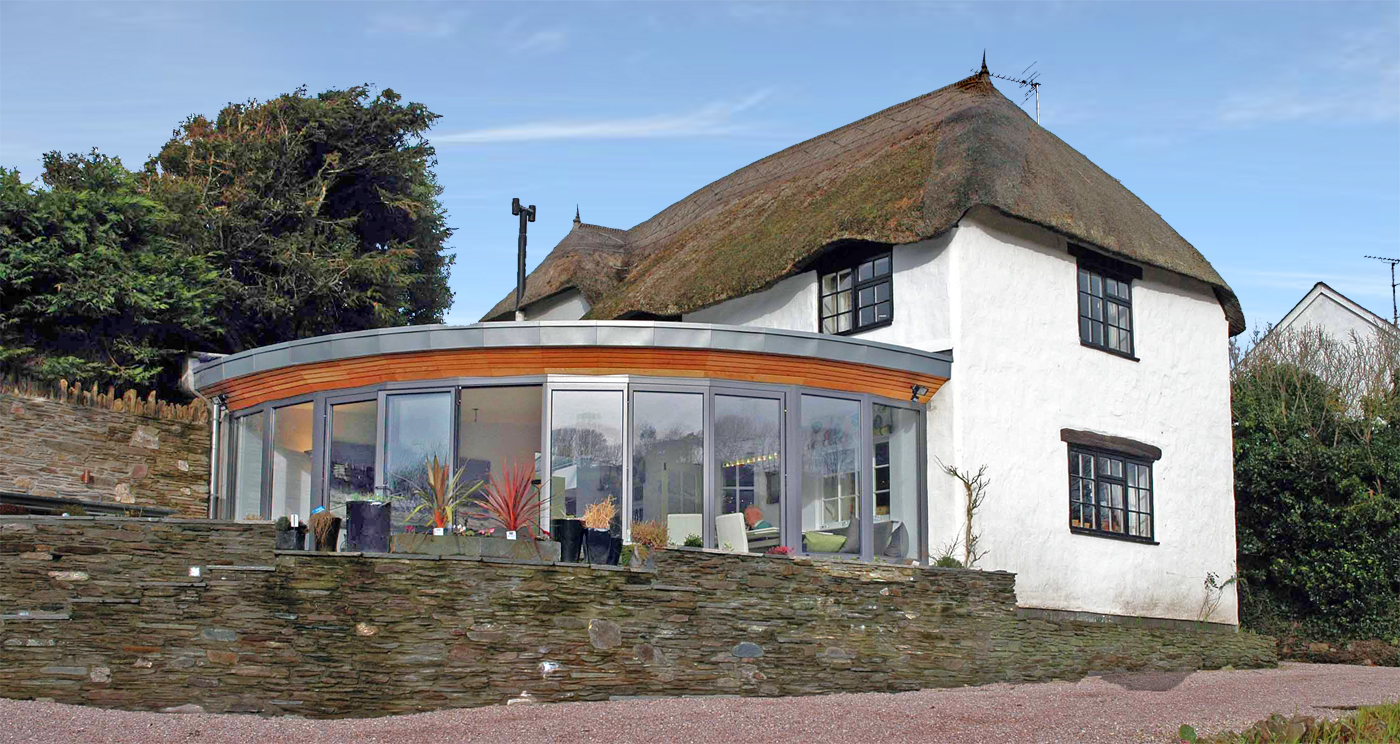
Clients often come to us asking how they might achieve an extension or alteration to a listed building.
This can be tricky project to take on because any works of alteration, extension of demolition to a listed building requires listed building consent. This often also applies to repairs, so it is always wise to get advice from the local authority before carrying out any work.
Most historic buildings reflect the cumulative changes of different owners and uses, however in the past these changes and additions may have been made without the constraints of planning authorities.
Alterations to a listed building can be made as long as they do not damage the significance of the building and its setting. Given the variety of historic building types and their individual characteristics, what might work on one site won’t necessarily work on another.
Some listed buildings are much more sensitive to change than others, so each case for change needs to be assessed individually to ensure success.
Basic principles for extending listed buildings
- The design and construction of the extension should show an understanding of the heritage significance of the listed building and it’s setting.
- The design should seek to minimise any harm to the listed building’s heritage value or special interest.
- The extension should normally play a subordinate role and not dominate the listed building as a result of its scale, mass, siting or materials.
- The new addition should sustain and add value to the listed building’s significance by being of high quality design, craftsmanship and materials.
